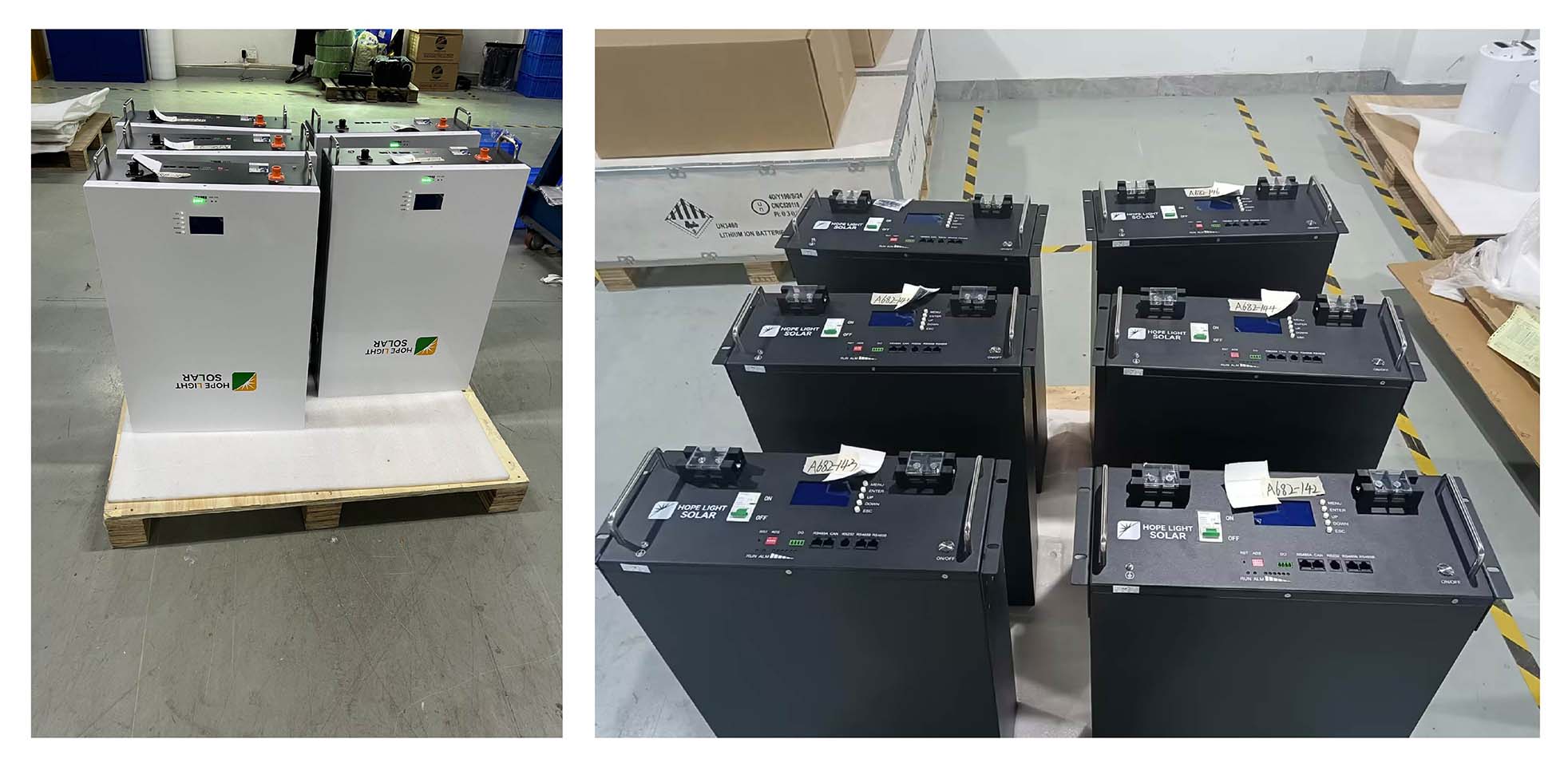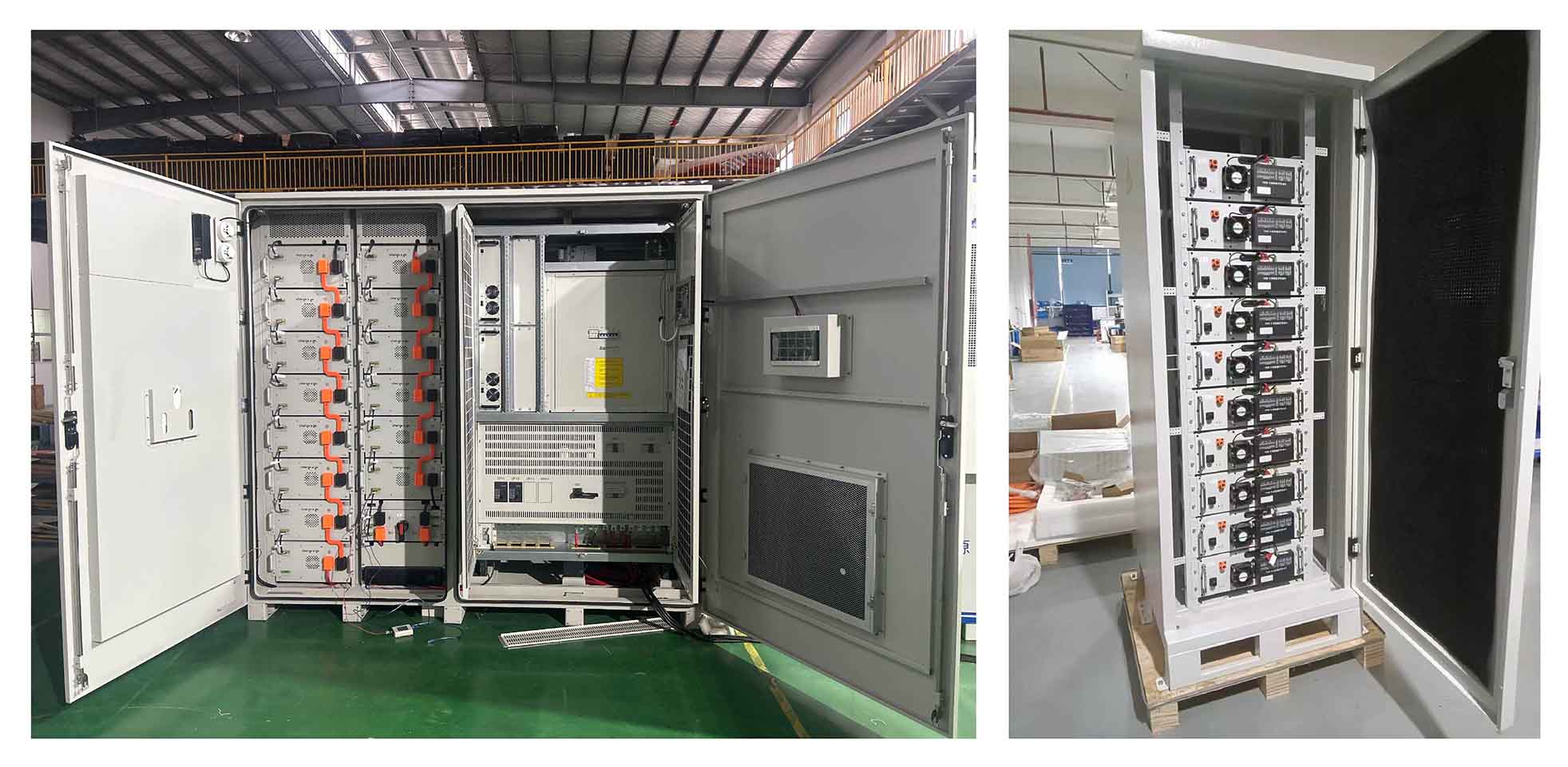Les systèmes de stockage d'énergie et les systèmes hors réseau contiennent des batteries. Un indicateur de performance important est la vitesse de charge et de décharge, ou la capacité de charge et de décharge. On trouve souvent un paramètre « xxC » dans les exigences techniques ou les paramètres techniques des batteries, comme « 0,2 C », « 0,3 C », « 1 C » ou « 2 C ». Dans les systèmes de stockage d'énergie, le paramètre le plus courant est « 0,5 C ». Pourquoi 0,5 C est-il le plus courant ?
1. Qu'est-ce que « C » ?
C est la première lettre de l'unité de charge, le Coulomb. Ce concept, initialement proposé par le physicien français Coulomb, définit la quantité d'électricité traversant la section d'un fil en une seconde. Dans les batteries de stockage d'énergie, C est utilisé pour indiquer le taux de charge et de décharge de la batterie. Généralement, l'intensité du courant de charge et de décharge est exprimée par ce taux. Un taux de charge et de décharge de 1 C signifie que la batterie de stockage d'énergie peut décharger toute son électricité en une heure ; 2 C signifie que la batterie de stockage d'énergie peut décharger toute son électricité en une demi-heure.
2. Comment « C » est-il calculé ou obtenu ?
Le C (taux de charge et de décharge) est un concept logique plutôt qu'un concept fixe comme le courant (A) et la tension (V). Par exemple, un circuit traverse un courant de 1 A. Quel que soit l'appareil utilisé pour le mesurer, la valeur du courant de 1 A est la même. Quant à la capacité de charge et de décharge de 1 C, elle est également liée à la capacité spécifique de la batterie. Pour une batterie d'une capacité de 1 Ah, son courant de charge et de décharge de 1 C est de 1 A ; pour une batterie d'une capacité de 2 Ah, son courant de charge et de décharge de 1 C est de 2 A. Et ainsi de suite.
Dans les systèmes de batteries de stockage d'énergie, le choix de conception courant d'un taux de charge et de décharge de 0,5 C (c'est-à-dire que la capacité de la batterie est complètement chargée ou déchargée en 2 heures) est principalement basé sur les raisons fondamentales suivantes :
1. Prolonger la durée de vie de la batterie
- Le coût de la charge et de la décharge à haut débit :
Plus le taux de charge et de décharge de la batterie (taux C) est élevé, plus les ions lithium sont insérés/extraits rapidement du matériau de l'électrode, ce qui entraîne :
- Réactions chimiques secondaires intensifiées (telles que l’épaississement du film SEI, la décomposition de l’électrolyte) ;
- Augmentation des contraintes structurelles du matériau (dilatation/contraction de l'électrode, rupture des particules) ;
- Augmentation de la génération de chaleur interne (vieillissement accéléré).
Ces facteurs réduiront considérablement la durée de vie de la batterie (par exemple, une décharge de 1 C peut réduire la durée de vie de 30 à 50 % par rapport à 0,5 C).
- Exigences de durée de vie des scénarios de stockage d'énergie :
Les systèmes de stockage d’énergie (tels que le stockage d’énergie domestique, le stockage d’énergie au niveau du réseau) nécessitent généralement une durée de vie de plus de 10 ans (plus de 6 000 cycles).
L'utilisation d'une stratégie de charge et de décharge douce de 0,5 C peut réduire le taux d'atténuation de la batterie et répondre aux exigences de longue durée de vie.
2. Réduire la difficulté de la gestion thermique
-La relation entre la chaleur et le taux :
La chaleur générée par la résistance interne de la batterie est proportionnelle au carré du courant (\(P = I^2 \cdot R\)).
- Courant de 0,5 C : supposons que la capacité de la batterie est de 100 Ah et que le courant est de 50 A ;
- Courant 1C : Le courant est de 100A → la chaleur est 4 fois supérieure à celle du précédent.
- Coût et risque de dissipation thermique :
Les systèmes de stockage d’énergie utilisent généralement des batteries à grande échelle, et le fonctionnement à haut débit nécessite des systèmes de dissipation de chaleur plus complexes (tels que le refroidissement liquide), qui sont coûteux et augmentent le risque de défaillance.
La conception 0,5C simplifie la gestion thermique (la convection naturelle ou le refroidissement par air peuvent répondre aux exigences), réduit les coûts et améliore la sécurité.
3. Adaptation aux exigences des scénarios d'application du stockage d'énergie
- Application type d'énergie vs type de puissance :
- Système de stockage d'énergie : principalement des besoins de type énergétique (tels que l'écrêtement des pointes et le comblement des vallées, le stockage photovoltaïque), qui nécessitent une production d'énergie stable à long terme et de faibles besoins en puissance instantanée ;
- Batterie d'alimentation (comme les véhicules électriques) : nécessite une conception de type d'alimentation (1C~3C) pour répondre aux exigences de puissance élevées telles que l'accélération et la charge rapide.
- Applicabilité de 0,5C :
Prenons l’exemple du stockage d’énergie domestique typique :
- La capacité de la batterie est de 10 kWh et la puissance de décharge à 0,5 C est de 5 kW, ce qui peut couvrir la plupart des charges domestiques (climatisation, éclairage, etc.) ;
- Si une puissance plus élevée est requise (comme une charge d'impact à court terme), elle peut être résolue par la conception du système (comme l'augmentation de la capacité de l'onduleur) sans augmenter la capacité de la batterie.
4. Exceptions dans les applications réelles
- Scénarios de forte puissance à court terme :
Certains scénarios spéciaux de stockage d'énergie (tels que la régulation de la fréquence du réseau, l'alimentation de secours UPS) nécessitent une réponse rapide et peuvent utiliser des batteries à débit plus élevé (telles que 1C~2C), mais au détriment de la durée de vie et du coût.
- Progrès de la technologie des batteries :
Avec la maturité des batteries à l'état solide, des électrodes négatives à base de silicium et d'autres technologies, les batteries de stockage d'énergie peuvent supporter des taux plus élevés (tels que 1C) tout en conservant une longue durée de vie à l'avenir, mais 0,5C reste le choix dominant à l'heure actuelle.
Un taux de charge et de décharge trop élevé affectera la durée de vie de la batterie, il ne faut donc pas le régler trop haut ;
Bien sûr, C n'est pas trop petit non plus. Par exemple, 0,1 C, 0,2 C et 0,3 C sont des valeurs courantes pour les batteries au plomb. Le courant de charge est faible et la vitesse lente. Bien qu'il protège mieux la batterie, dans les projets de stockage d'énergie industriels et commerciaux où le réseau électrique national a des périodes de pointe et de creux et l'objectif principal est d'obtenir des avantages liés à la différence de prix entre les pics et les creux, il réduira évidemment le nombre de kWh chargés et déchargés au cours de la même période, réduisant ainsi le revenu quotidien et allongeant la période de retour sur investissement. Il n'est donc pas adapté.
Dans l'ensemble, le choix d'un taux de charge et de décharge de 0,5 C prend en compte à la fois les capacités de charge et de décharge de la batterie et la protection de la durée de vie de la batterie, tout en tenant compte de la compatibilité avec les périodes de pointe et de creux.
Par exemple, un système mono-armoire de 209 kWh ou 215 kWh, équipé d'un PCS de 100 kW, peut être entièrement chargé ou déchargé en deux heures, ce qui correspond à la durée des périodes de pointe et de creux définies par les fournisseurs d'électricité locaux. La charge et la décharge peuvent être effectuées dans les délais impartis, évitant ainsi les pertes d'énergie et de temps, et permettant d'obtenir les bénéfices escomptés, ce qui est raisonnable.
Batterie solaire au lithium Hope Light pour résidentiel et commercial :

